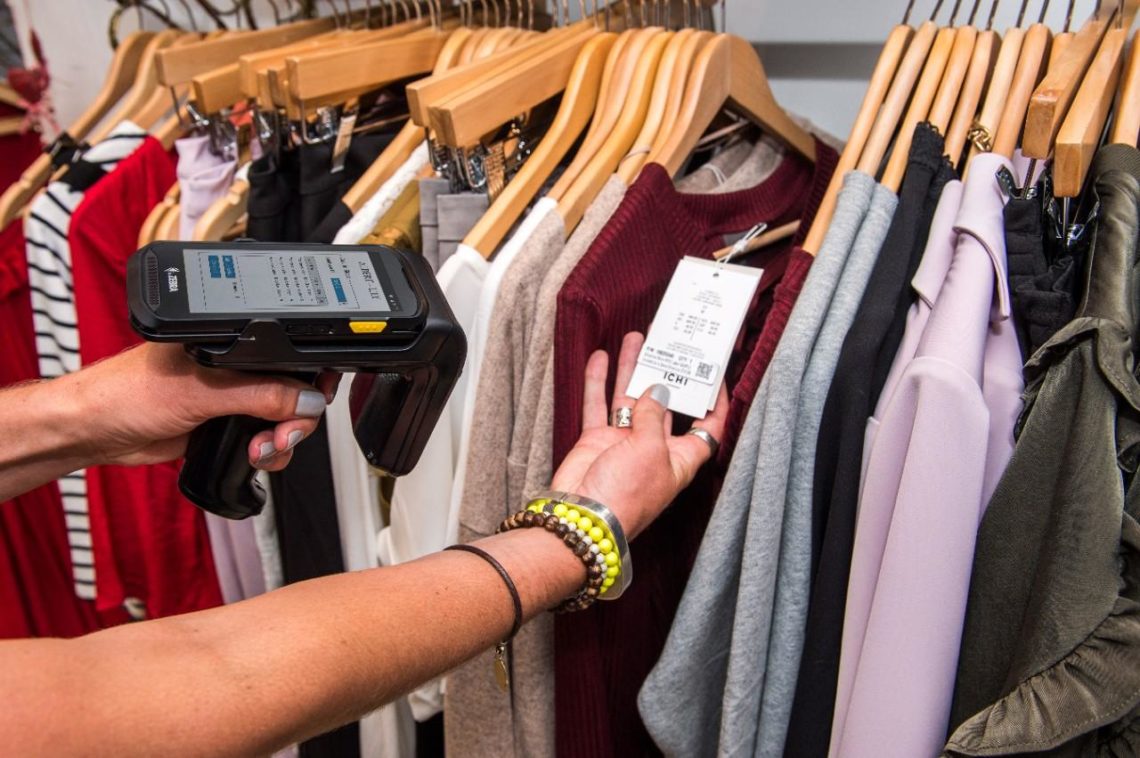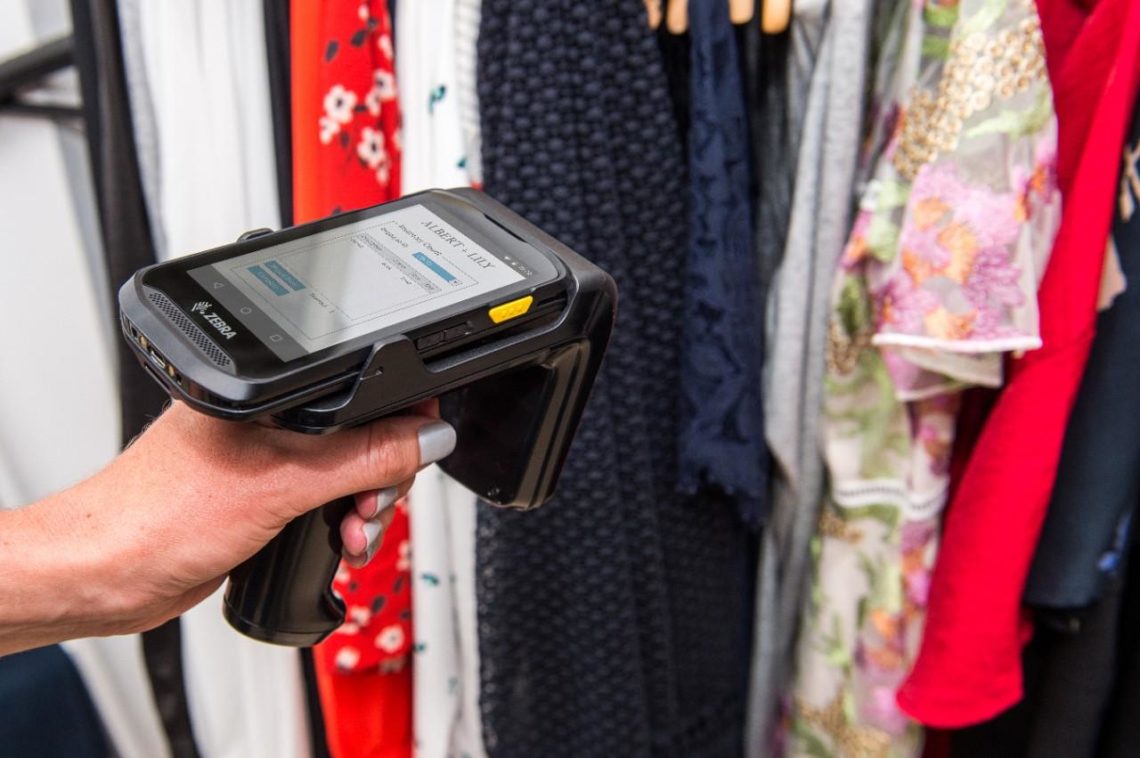Radiofrequency identification (RFID) uses electromagnetic technology to transmit information from an encoded tag to an antenna and then an RFID reader. With RFID, you don’t need a line of sight to read a barcode, so this technology presents a valuable asset tracking solution. But once you choose this automated data collection method, you need to decide between the options of passive and active RFID tags. Which tagging do you need? Here’s some insight to help you pick the right RFID tags for your applications.
RFID Tag Differences

Active RFID tags have an internal battery that “pushes” the signal to an antenna within its read zone.
Passive RFID tags have no battery or internal power source. They are activated by the electromagnetic energy that is transmitted from a reader to an antenna, which signals the passive tag.
Here are the factors you should consider when deciding between passive or active.
Radiofrequency and the read zone

Active tags transmit across a longer read range than a passive tag, which is designed for short-range reading. An active tag could be read from hundreds of feet away, while a passive tag might only send a signal across a distance of 20 to 30 feet.
The frequency band contributes to the read range, with ultra-high-frequency (UHF) providing the longest distance. A lower frequency—defined as low frequency (LF) and high frequency (HF), in comparison—transmits more slowly but is also less susceptible to radio wave interference, which can be caused by metals and liquids.
Lifespan

The battery embedded in an active tag has a lifespan. Depending on how often the tag transmits data, the battery can last five to ten years. Passive tags have no battery, so there is no such shelf life to the tag.
Cost
Active RFID tags are more expensive than passive tags, because of the battery inactive tags.
Uses

Passive tags are commonly used for tracking livestock, materials, and products along with a supply chain. Inbound and outbound shipments can use passive RFID because of the short-range requirement for reading the barcodes.
Active tags are a good choice for access control, equipment monitoring (e.g., status), and logistics. The longer read range is also a preferable option for hospitals and industries that need to track costly equipment throughout the facility.
To make sure you’re getting the best value from your thermal printing supplies, schedule a free assessment with Avalon Integration. We can determine opportunities for improved productivity, efficiency, and cost savings.
Avalon Integration has been working with RFID technology for many years and across a wide range of industries and use cases. As a Zebra partner, Avalon Integration has a powerful resource for the most innovative RFID technology. Talk to us to determine the right RFID solution for your needs.


